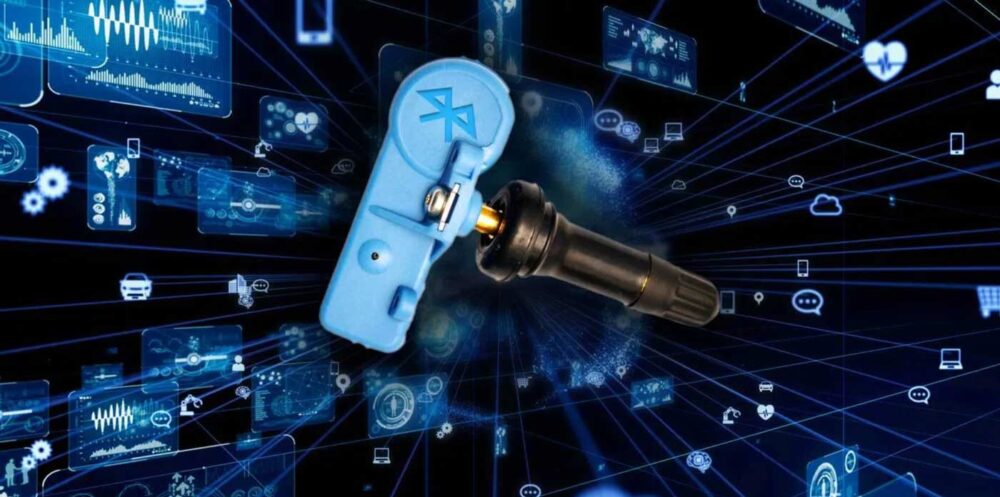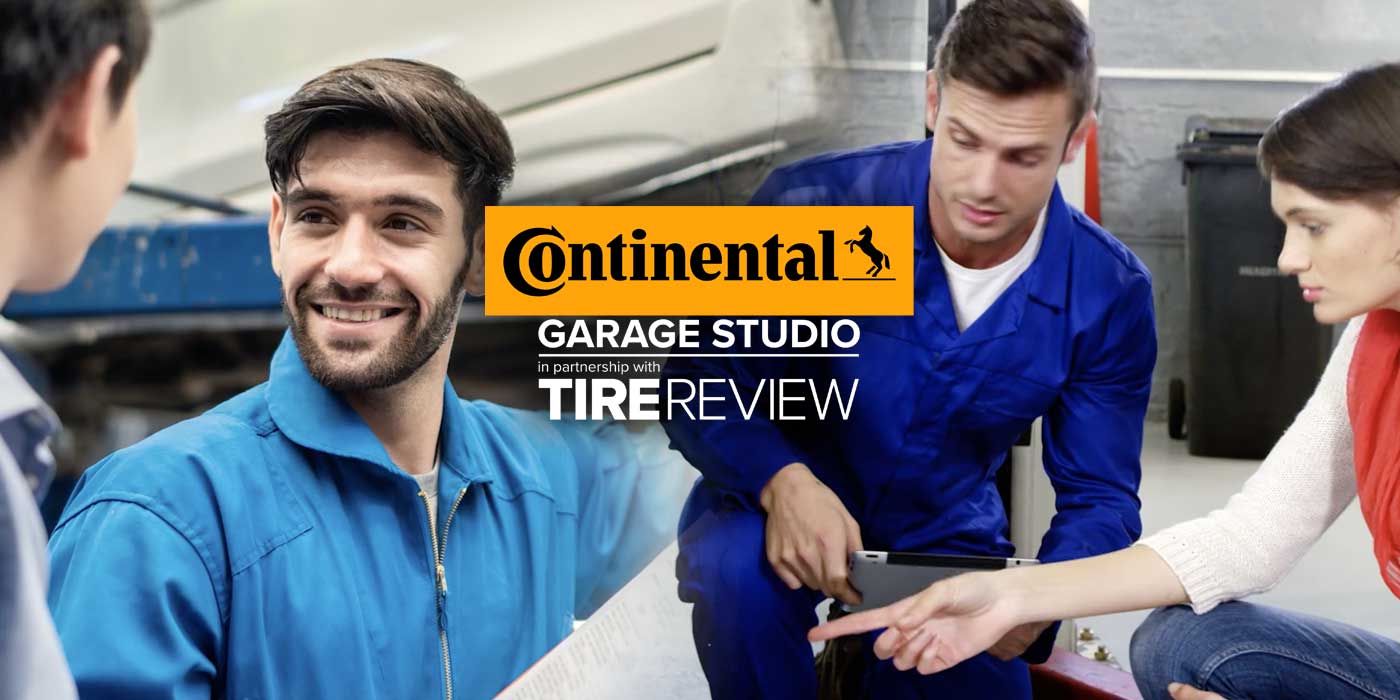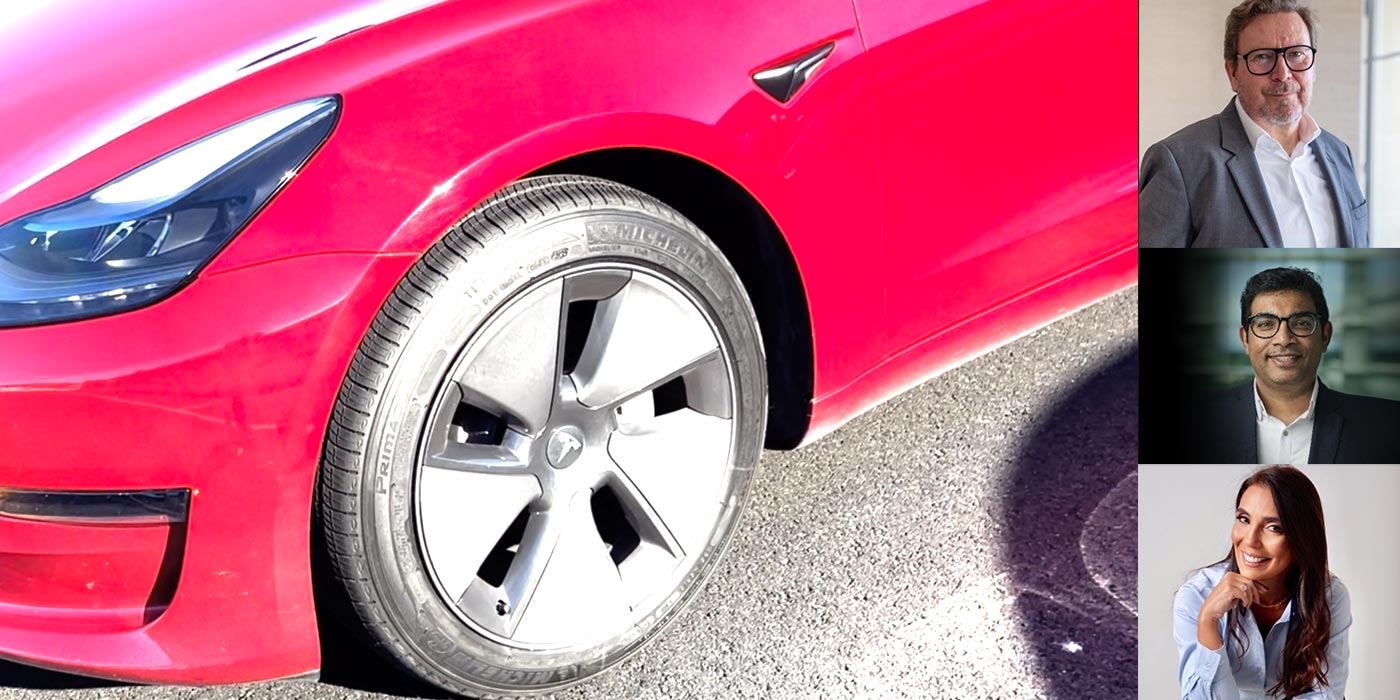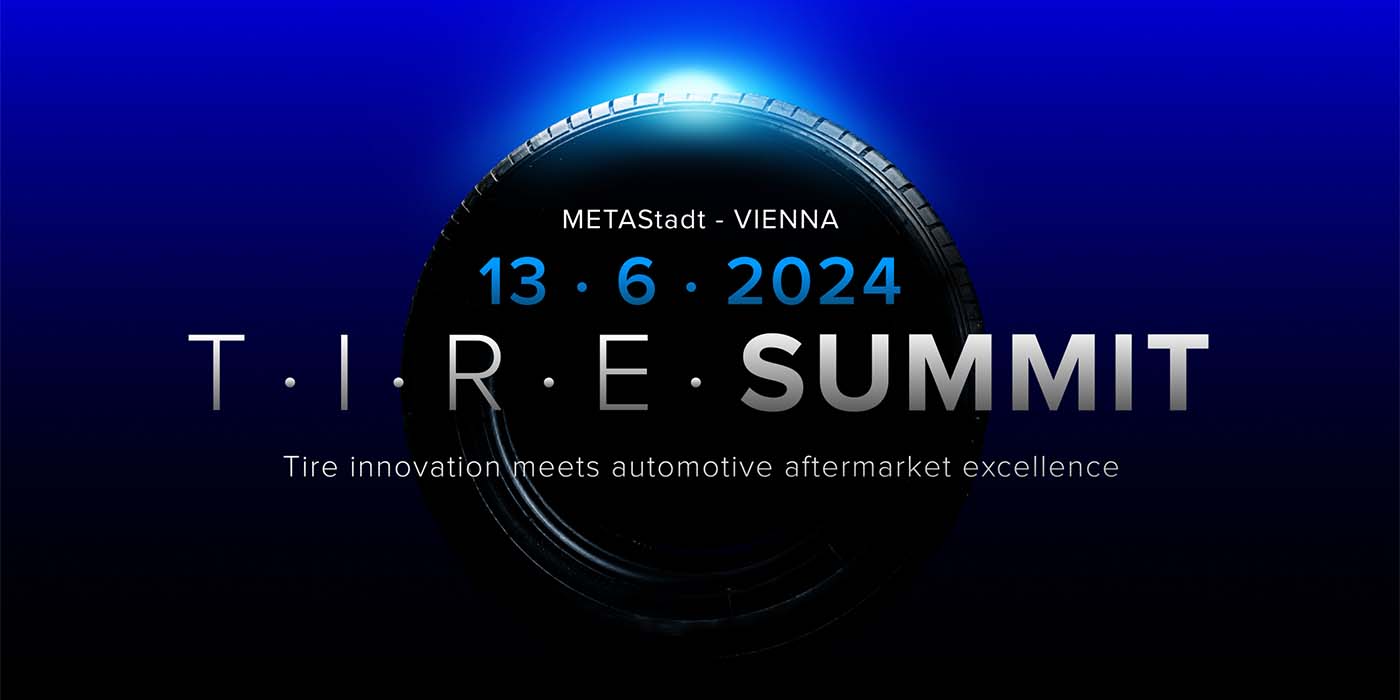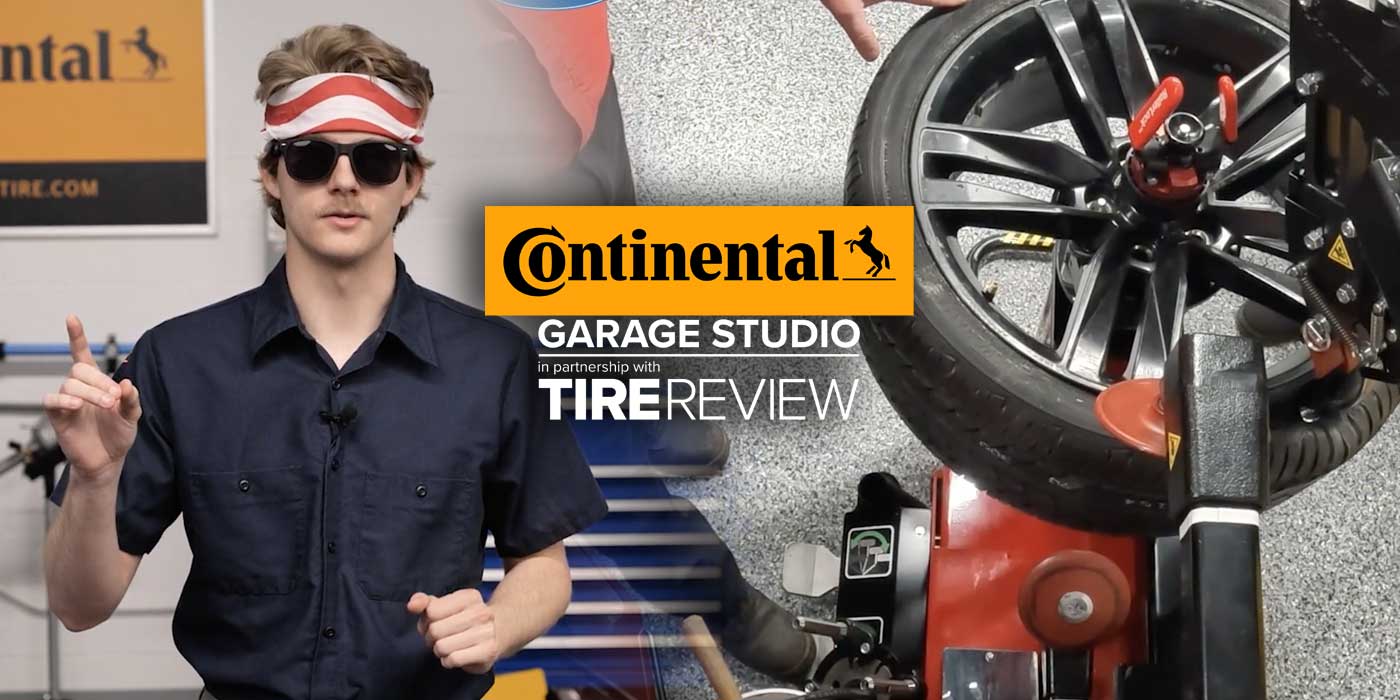TPMS technology hasn’t changed much over the years. You might think, “But that’s a good thing, right? Don’t we want a consistent technology that can be fixed easily?” You may be on to something there, but TPMS technology currently relies on radio waves to transmit data. That means the radio spectrum the sensors use can be “noisy” with other nearby devices potentially causing interference with the sensor. It’s like someone interrupting you mid-sentence. Bluetooth sensors may be the answer to these radio-wave issues.
In 2000, the Clinton administration enacted the TREAD (Transportation Recall Enhancement Accountability and Documentation) Act, mandating that every new car sold in the United States after September 2007 had to be equipped with TPMS, among other safety improvements included in the act.
Since then, TPMS has been pretty uniform, providing drivers with up-to-the-minute tire pressure data. For the most part, TPMS systems depend on direct sensors installed on each tire; these communicate with the vehicle’s onboard computer to notify drivers of any pressure irregularities. However, this all relies on a connection via radio waves, which could be unstable.
That was the standard for all TPMS devices until 2021, when Tesla began utilizing Bluetooth Low Energy (BLE) technology, starting with the Tesla Model Y. BLE sensors communicate using Bluetooth protocols, essentially eliminating the need for wiring and complicated sensor installations.
Bluetooth connection allows drivers to access tire pressure info via smartphones or Tesla’s infotainment system. And, through the Tesla app, users can check tire pressure, get instant alerts for low pressure and view tire data from the past. Imagine a world where you can reach out to customers via shared data from their tires to schedule tire-related appointments.
One major benefit of Bluetooth over traditional TPMS is the capability for remote diagnostics and repairs, potentially saving drivers the hassle of bringing their vehicles in for certain issues that could clog up your shop’s bays. Additionally, BLE allows for over-the-air software updates related to tire monitoring, unlocking new features and capabilities over time for customers. Perhaps most importantly, the two-way communication enabled by BLE provides cybersecurity authentication that one-way sensors don’t. This is especially important in today’s world, as modern vehicles are basically computers on wheels. You wouldn’t want your computer at home getting hacked, would you? The same idea applies here.
BLE technology adoption by OEMs is expected to increase gradually in the coming years, but its availability in the aftermarket may take some time. However, the technology is already developed, meaning you should be prepared for BLE sensors and how to diagnose them.
One hurdle with this technology is that the vehicle needs to be Bluetooth-capable. Currently, some aftermarket suppliers are producing BLE TPMS sensors exclusively for Tesla models that support them.
If a vehicle does support BLE TPMS, be ready to know how to service them. The good news is that it’s not that different from traditional TPMS. It can often be controlled and even reset via the vehicle’s onboard infotainment system. For Teslas with BLE sensors, use the touchscreen to select controls, settings, service & reset, tire pressure monitor reset sensors. You’ll want to reset the sensors based on the wheel size. After it is reset, you can perform a road test as you do with most current TPMS systems after service. If you’re looking to run further diagnostics with BLE sensors, a TPMS tool with the correct software to check the condition of the sensor will be needed.
There’s no doubt in my mind that as you see newer cars rolling into your shops, especially Teslas and other EVs, you’ll begin to see more BLE TPMS sensors. As vehicles become more technologically advanced and focused on wall-to-wall connection, your shop should do its best to keep up with these tech trends and be prepared. Follow the trends in your area and, if you’re seeing more vehicles featuring this technology, train your techs and ensure you have the best equipment available to service these new technologies when they become more common. Preparing now can help your shop thrive in the future in an ever-evolving automotive landscape.

